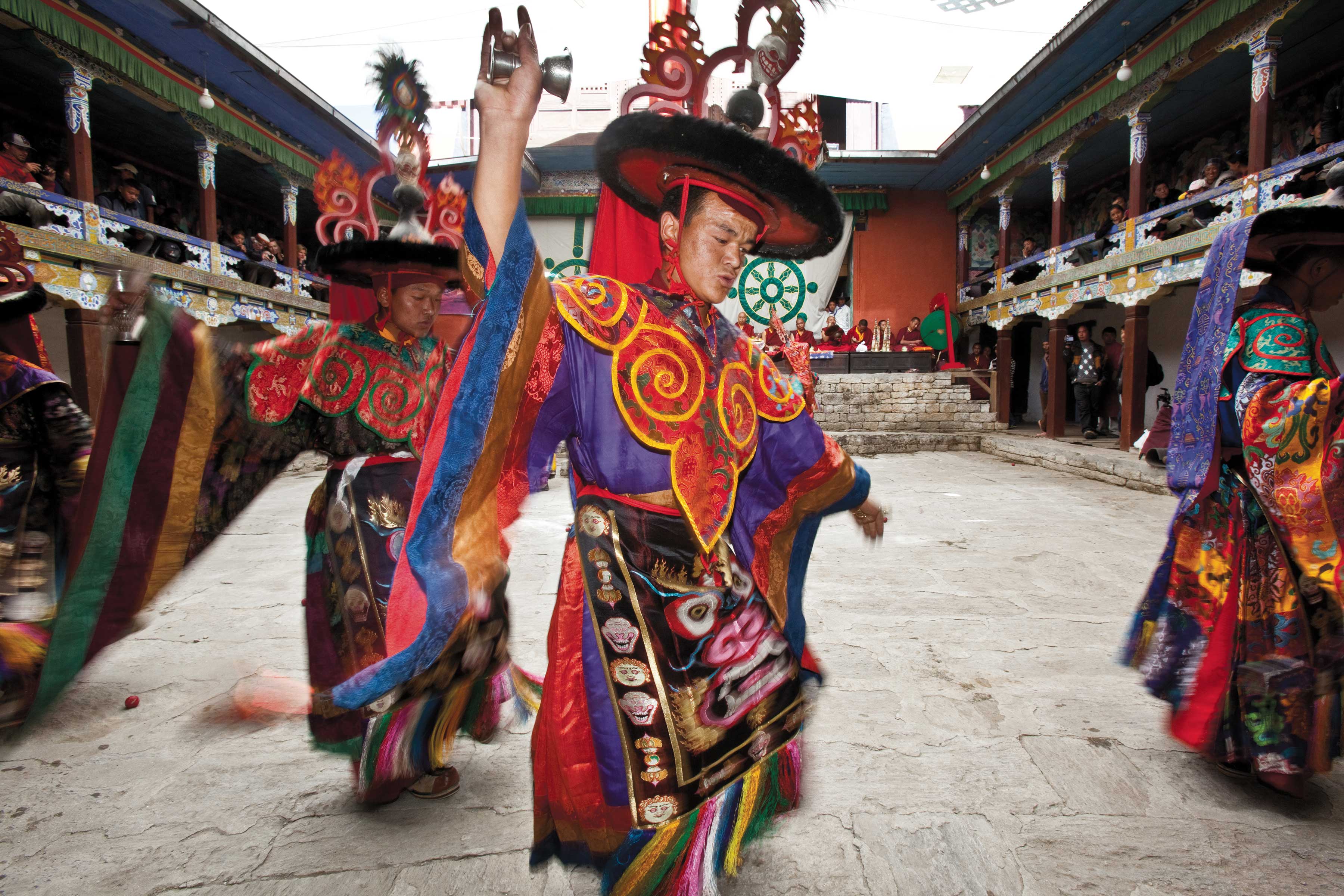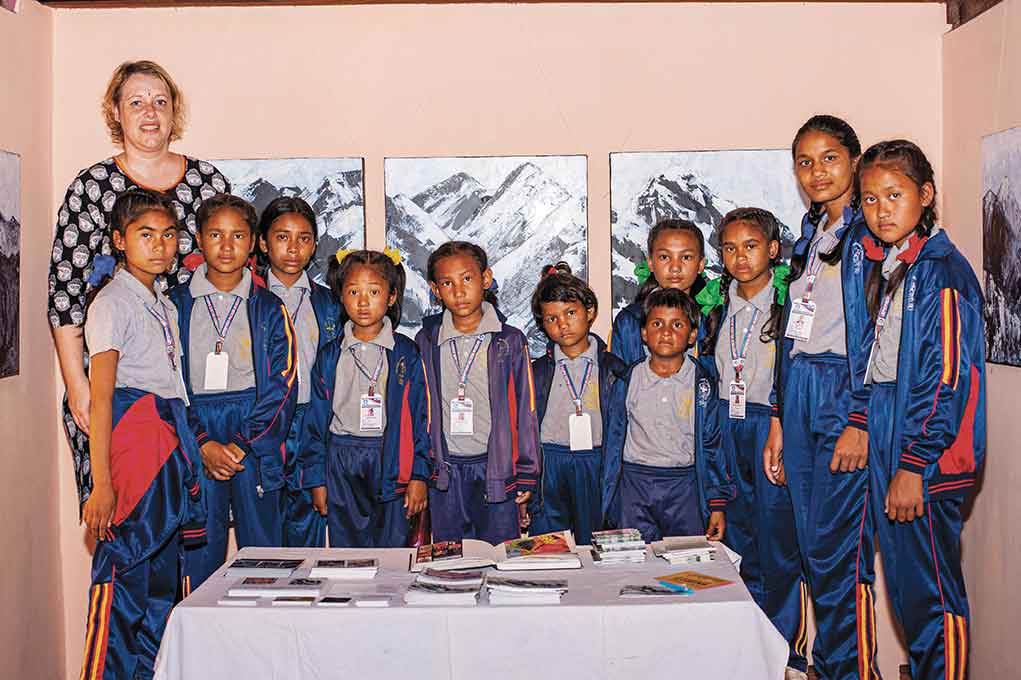Canyoning can be an excellent way to get your thrills, if you are willing to get out of your comfort zone and be more daring than usual.
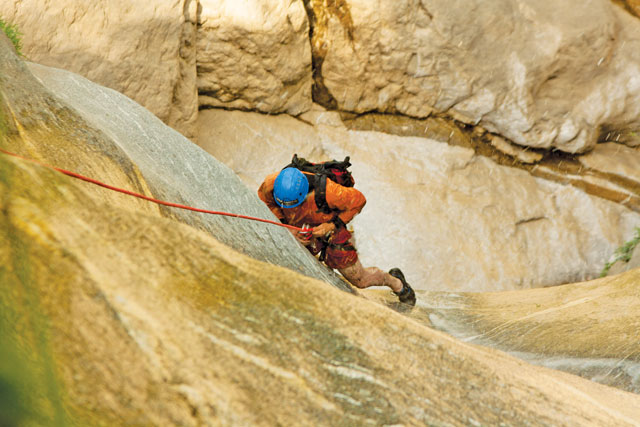
It’s hard to imagine something so adventurous and thrilling is so close to Kathmandu, but it has hardly received the exposure it deserves.
It took about an hour to get to Sundarijal; heavy traffic along the way at Tripureshwor and Chabahil didn’t help either. But halfway there, I could feel some changes. The air was less polluted, and it was far less noisy than the hustle and bustle of Kathmandu. A large part of Sundarijal falls under Shivapuri National Park, which may be the reason why the place is clean and well maintained.
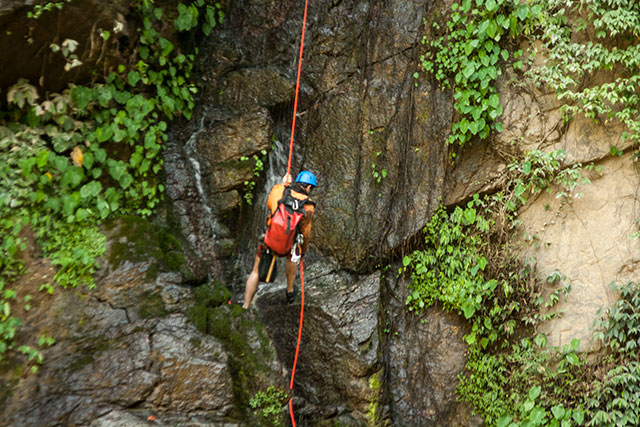
After reaching Sundarijal bus stand, the furthest point a vehicle will reach, we had a short uphill walk that would take us to “Chhango: The Canyoning Company” which is the only canyoning company currently operating in Nepal. Once we reached Chhango, our instructor and leader for the day, Kishor Shahi, gave us a brief summary about the relation between canyoning, Sundarijal, and adventure sports. “This is a place given to us by god. It is the perfect place, and maybe the only one, that can accommodate numerous adventure sports at a single site,” says Shahi. From the Chhango base, he showed us places for rock climbing, bouldering, and dry canyoning, which was just a couple of hundred meters away. And when asked about canyoning, he smiled and said that we had a long walk ahead of us before we could get a glimpse of it.
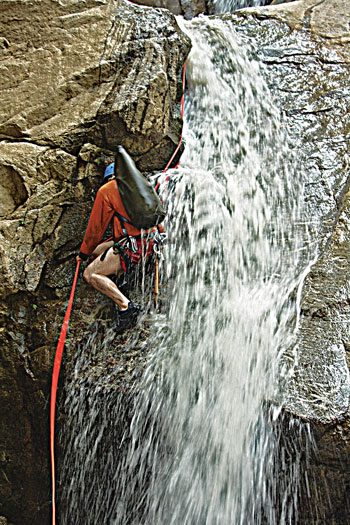 So, we put on our wet suit, got the gear ready, completed the briefing and security drill, and started walking. To reach our destination we had to walk uphill through the woods. Walking uphill was particularly hard and sweaty because of the wet suit we were wearing. On our way to the top, we passed a waterfall, which would be the last one out of four waterfalls where we would be canyoning. After a long walk in the woods, we finally reached the point where we would start our journey down the waterfall. There was a small pond right in front of us, and I could not help but jump into it after the long walk.
So, we put on our wet suit, got the gear ready, completed the briefing and security drill, and started walking. To reach our destination we had to walk uphill through the woods. Walking uphill was particularly hard and sweaty because of the wet suit we were wearing. On our way to the top, we passed a waterfall, which would be the last one out of four waterfalls where we would be canyoning. After a long walk in the woods, we finally reached the point where we would start our journey down the waterfall. There was a small pond right in front of us, and I could not help but jump into it after the long walk.
The important thing before starting is that we know what we are dealing with, and we know the important aspects regarding the sport. Take rafting for example: before we begin, we should at least know the basics of pedaling, and how the raft works. Similarly, there are many types of equipment that are used during canyoning, and it is important to know their purpose. Some essential items are the wet suit, figure of eight, carabineers, tape sling, pulley, pocket knife, and helmet, among many others.
Before we began our adventure, we were given a demonstration and taught the basic techniques; how the rope works, which route to take while descending, and how to position our body. The first waterfall was a bit easy to descend; maybe because it was small, and just to get us warmed up and ready for the main event. Once we were done, packed, and ready to move on to the next waterfall, we followed the rocky stream, walking on stones, and swimming at times. The second waterfall was tall, and the current comparatively faster. While halfway down, for the first time I felt the water hit my helmet and realized how powerful it was. Getting too close to the waterfall would make it a bit difficult to descend, and we were advised to try and walk beside it, and not under it. Another instructor at the bottom of the waterfall was also guiding us.
The route from the second to the third waterfall was very intriguing, as we had to go under a huge boulder and slide along the rocky stream. It was what water kingdom would have been like for the Flintstones. After the experience at the second waterfall, I was a bit scared. But the third one was relatively easier and less scary. And after comfortably conquering it, we had another long walk along the woods to reach the final stage of our adventure. The final waterfall was not deep in the woods, and people passing by could see us canyoning. It was the tallest waterfall out of the four, and the view was also better. Canyoning in this waterfall was not easy, nor difficult, but rather, enjoyable, and a different experience altogether. And once finally down, the look of amazement on people’s faces made the effort all the more worthwhile.
“Chhango: The Canyoning Company” was established almost 10 years ago (2062 B.S.), and is the first canyoning company in Nepal. Kishor Shahi, who runs Chhango, was the one who explored Sundarijal and Shivapuri National Park in order to find suitable spots for canyoning and other adventure sports.





